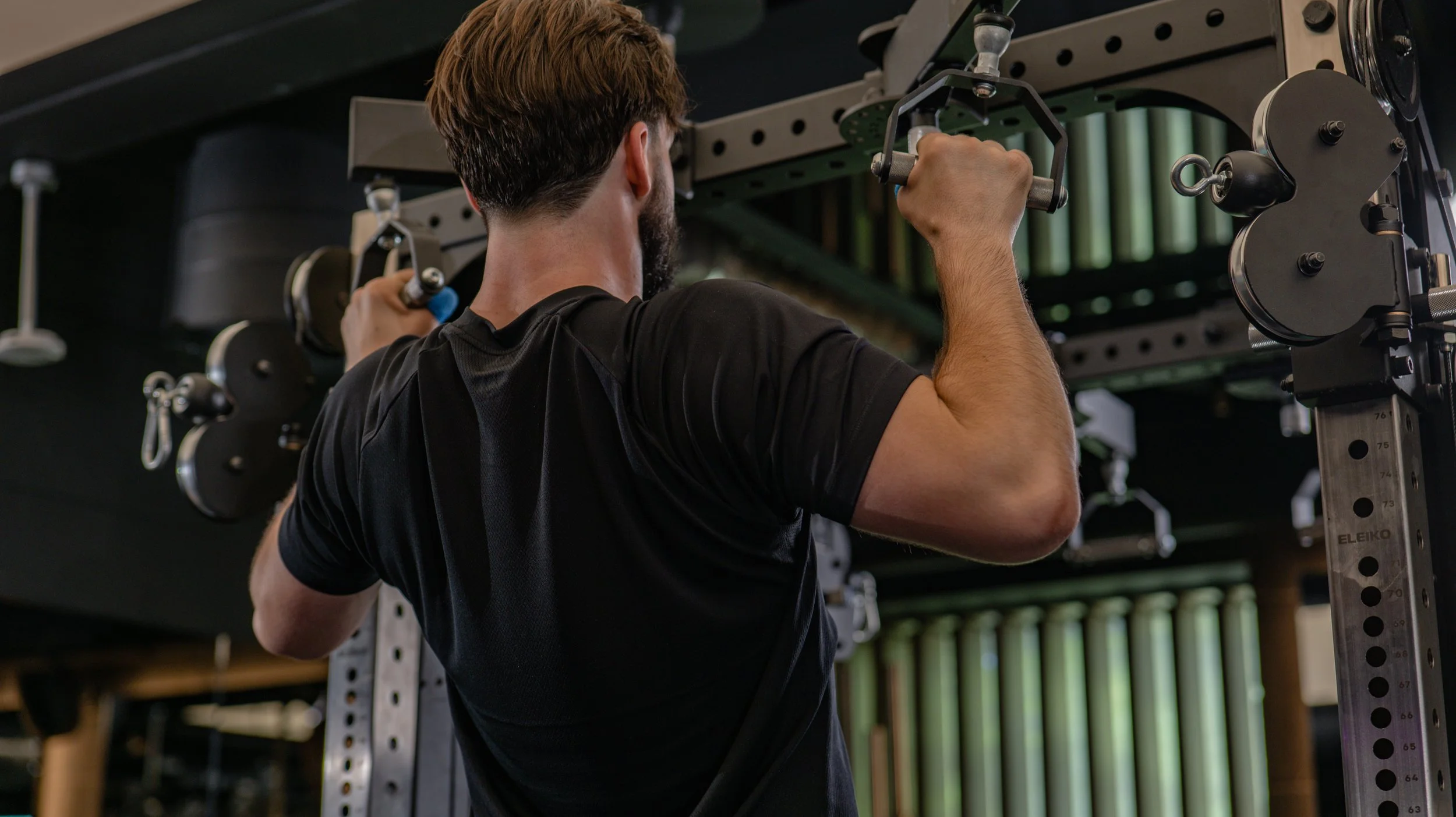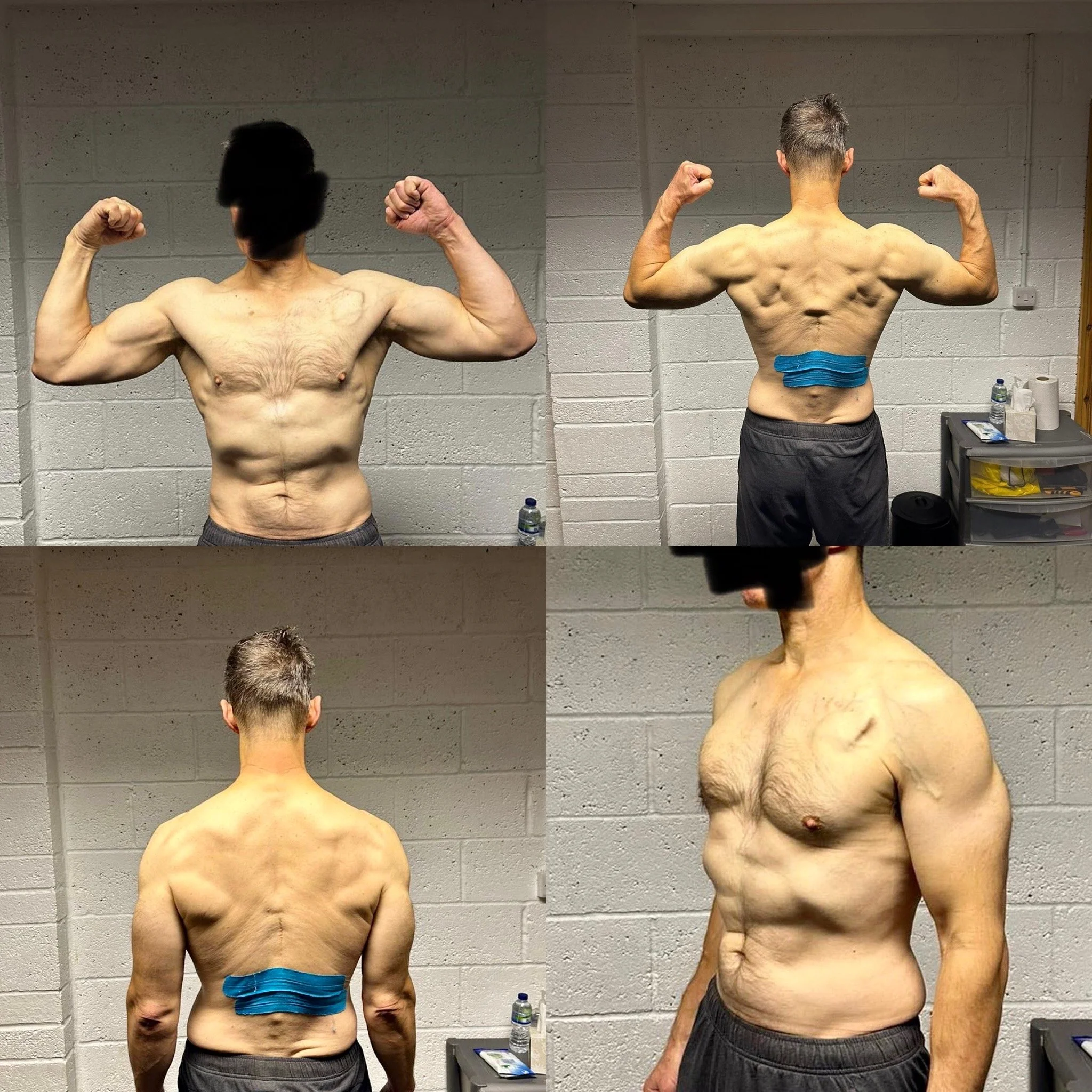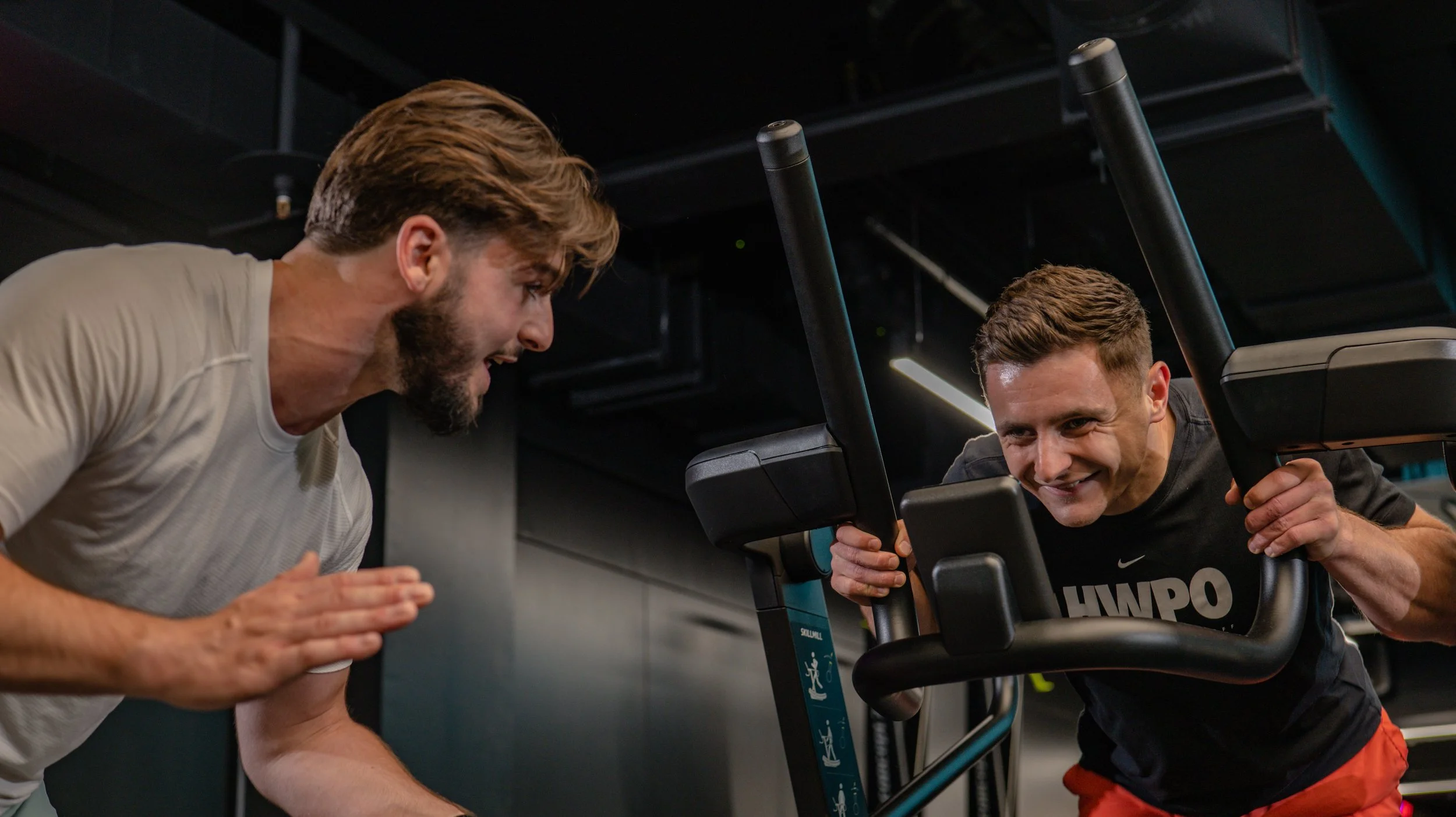














Private Fitness Studios in London for Discerning Executives, A Complete Guide
Central London Personal Training

From Exhausted to Energised! Boost Energy for Demanding Work Days with This Framework
It all begins with an idea.














Functional Fitness.

Central London Personal Training

It all begins with an idea.